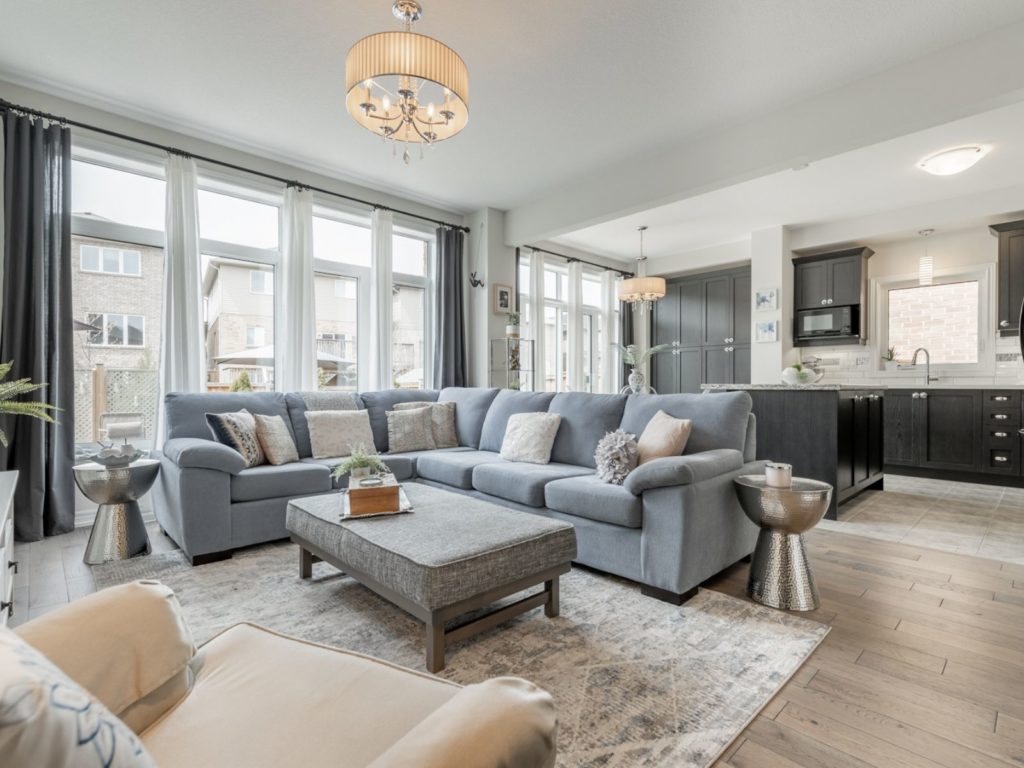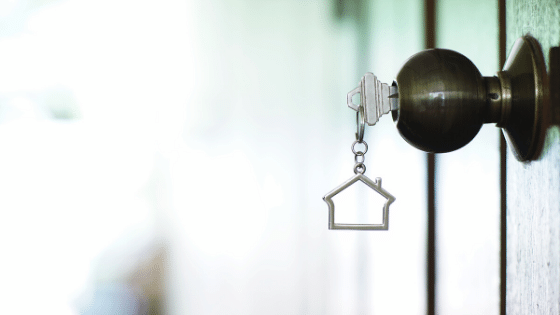Creating passive income from real estate is a successful, time-tested strategy to maximize your investment dollars. People will always need a place to stay and, with prices rising, creativity and flexibility have become key to affordability for many buyers.
As you search the MLS for suitable investment properties, or for a home for yourself with income potential, you will see lots of offerings with “in-law potential” or existing secondary suites. Occasionally, you will see wording to the effect that “the owner does not warrant the retrofit status of the basement,” or something similar. That disclaimer, stripped of its tact, means that the secondary apartment in the house is illegal.
Many municipalities in Southern Ontario, knowing that there is a shortage of affordable housing and ever-growing demand for rental units, have turned a blind eye to the existence of such illegal apartments. Hamilton is no exception. It often takes a complaint to trigger a site-visit. It’s important to know, though, that complaints can be made anonymously, and all tips are investigated. It is also worth noting that an inspector can show up without a complaint, and that unofficial policy and practice can change at any time.
Fines for non-compliance can be heavy. Scroll down to page 24 of the Property Standards By-Law where it shows that a first offence can result in fines of $50 000 for an individual property owner!
Maybe I shouldn’t…?
Should having this knowledge scare you away from creating an in-law suite or secondary living space in your Hamilton home? Absolutely not. With proper planning and the help of professionals who can assist you to develop a plan and a budget, you can create an income-producing asset that:
- Is likely to attract a better quality tenant
- Commands market rent at its higher end
- Builds solid equity and a better return on your investment upon resale
- AND offers peace of mind
Your realtor can research potential resale value after conversion for you, your contractor can help you estimate the cost of a renovation, and your mortgage broker can assist you to finance the whole project.
Protect Yourself and Your Investment
The initial steps to create a legal in-law suite will involve some expense. Here are some things you will need to do:
Become familiar with Section 19 conversion requirements.*
- Consider getting an up-to-date survey of the property
- Contact the City for a zoning verification, which will take between 2-10 days. Generally, single family homes with a C or D zoning could qualify for a duplex conversion. (You can start your research here)
- Get architectural, structural, and mechanical drawings and floor plans for each floor.
- Apply for the required building permits.
Once you have made it known that you fully intend to comply with the law, the Building Department will be an ally throughout your project. The City of Hamilton has worked hard to eliminate barriers to communication and to minimize delays throughout the process. For example, instead of having a single, assigned inspector for your property, there is now a central number you can call to book inspections when you are ready. This helps you to keep things moving along as you progress through the stages of your project.
Not to sound too parental, but anything worth doing is worth doing properly. It’s true. And adding an in-law suite is one project that is definitely worth doing the right way! The long-term benefits are well worth the extra effort required.
ADDITIONAL RESOURCES:
-> Here is some additional information on Hamilton Building Permits, along with contact information for key contact people.
-> Building and Renovating in Hamilton
*SECTION NINETEEN – RESIDENTIAL CONVERSION REQUIREMENTS (92-281)
19. (1) “AA “, “B”t “B-1 “t “B-2”, “C”t “D” and “R-2” Districts
Notwithstanding anything contained in this By-Law, any single family detached dwelling in an “AA “ (Agricultural), “B” (Suburban Agriculture and Residential, etc.), “B-1” (Suburban Agriculture and Residential, etc.), “B-2” (Suburban Residential), “C” (Urban Protected Residential, etc.) and “D” (Urban Protected Residential – One and Two-Family Dwellings, Townhouses, etc.) and “R-2” (Urban Protected Residential – One and Two-Family Dwellings) Districts may be converted to contain not more than two dwelling units, provided all the following requirements are complied with:
(i) each dwelling unit has a floor area of at least 65 square metres (699.65 square feet), contained within the unit and having a minimum clear height of 2.1m (6.9ft.), but excluding the area of the cellar, if any, and of any porch, verandah or other such space which cannot lawfully be used as riving quarters;
(ii) The applicable zoning district regulations for a single family detached dwelling shall apply, except the minimum lot area shall be 270m2;
(iii) except as permitted in clause (iv), the external appearance and character of the dwelling shall be preserved;
(iv) there shall be no outside stairway other than an exterior exit;
(v) parking spaces, access driveways and manoeuvring space shall be provided in accordance with Section 18A, except that parking for only one of the dwelling units may be provided in accordance with the following special provisions:
Location
(1) it may be located in a required front yard provided that the area for parking, manoeuvring and access driveway shall not occupy more than 50% of the gross area of the front yard; (93-063)
(2) not less than 50% of the gross area of the front yard shall be used for a landscaped area, excluding concrete, asphalt, gravel, pavers or other similar materials;
(3) manoeuvring for the parking space may be permitted off-site; and,
(4) where a side yard abuts a street line, not less than 50% of the gross area of the side yard be used for a landscaped area excluding concrete, asphalt, gravel, pavers or other similar materials. (94-145)





